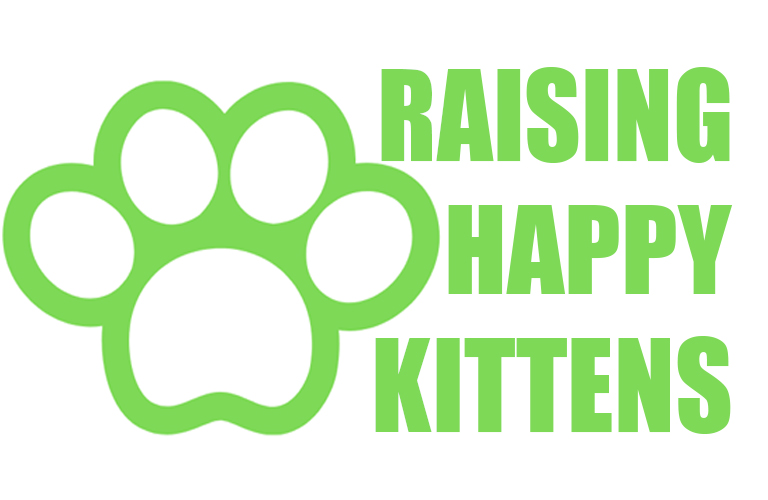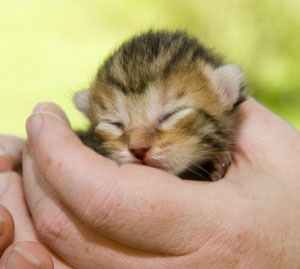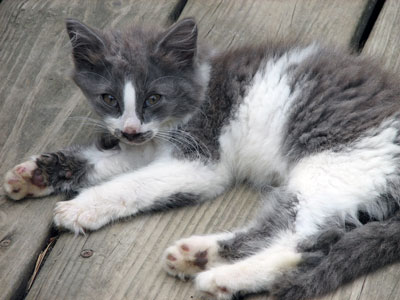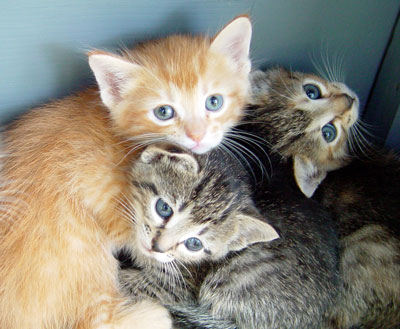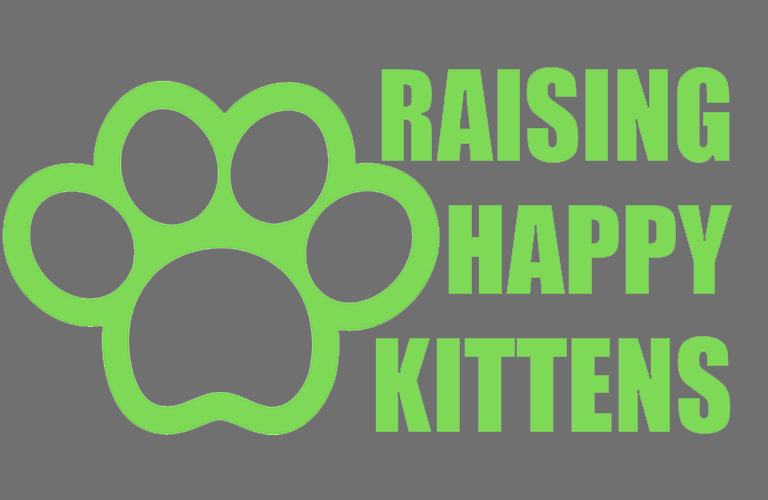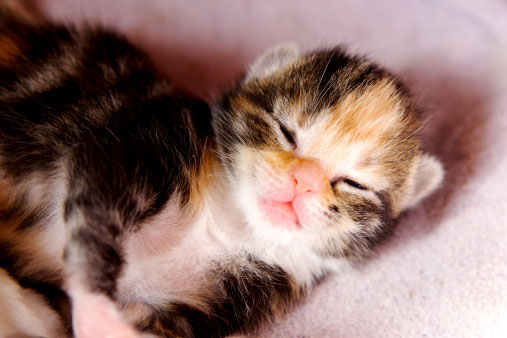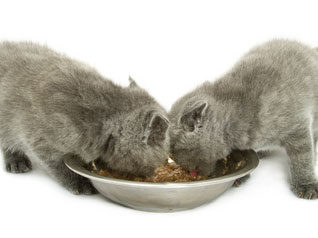Bottle feeding kittens requires patience and a little practice, but it’s so important to ensure the newborns’ nutritional needs are met.
Whether they have been orphaned or if the nursing queen is too ill to care for them, hand-feeding the kittens is critical.
How to Begin Bottle Feeding Kittens
You must first be aware that the younger they are, the more frequently young kittens will need to feed.
They will need to eat at least every 2 to 4 hours depending on age, even through the night.
The first step is to sterilize the bottle and nipples in boiling water for 5 minutes.
Get the bottle feeding session ready by gathering supplies: you will need a large towel, a rough cloth, and a bowl of warm water, in addition to formula.
Formula to Use When Bottle Feeding Kittens
If you don’t have immediate access to a commercial kitten milk replacer, you can make your own emergency kitten formula from ingredients in your home.
Whichever you have on hand, you want to warm the formula in a pan of hot water until the temperature reads 95 to 100 degrees Fahrenheit.
Do not microwave the formula! Hot-spots can result and will burn the kittens’ mouth, plus it changes the composition of the nutrients.
Positioning the Kitten
If you have just rescued an orphan or litter of orphaned kittens, make sure they are warm and stable before feeding, as it’s dangerous to feed them when they have low body temperatures.
These emergency care tips for orphan kittens will help ensure that you’re on the right track.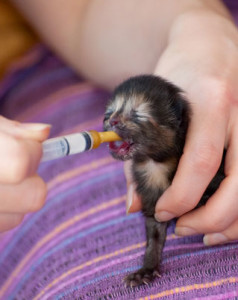
When you are ready to feed, make sure to keep the kitten face-down on your lap. He can choke if he is placed on his back.
Check the nipple on the bottle to make sure the hole isn’t too big, or the kitten could aspirate or choke on the liquid.
The formula should not leak on its own out of the bottle but it should come out with a small amount of pressure.
To begin bottle feeding kittens, place the nipple in his mouth without raising his head, as this could restrict his airway. Make sure you don’t overfeed.
After Bottle Feeding Kittens
Kittens under 4 weeks of age must be stimulated to urinate and defecate.
Use your rough cloth dipped in the bowl of warm water and gently rub his urinary and anal areas with the cloth in the same manner that a mother cat would.
Be aware he may not defecate each time, but it’s still important to take this measure each time after bottle feeding kittens.
After feeding kittens, especially newborns, it’s important to let them rest. Don’t continue to handle them too long afterwards–you will be picking them up again soon enough anyway for the next feeding!
If the Kitten Won’t Nurse from the Bottle
If you’ve already checked the nipple for problems, try petting him gently to stimulate the nursing reflex.
If he still refuses to bottle feed, your vet may need to check him for a palate problem or other health issue that needs to be addressed.
Do you have questions about bottle feeding kittens? Let us know in the comments below!
